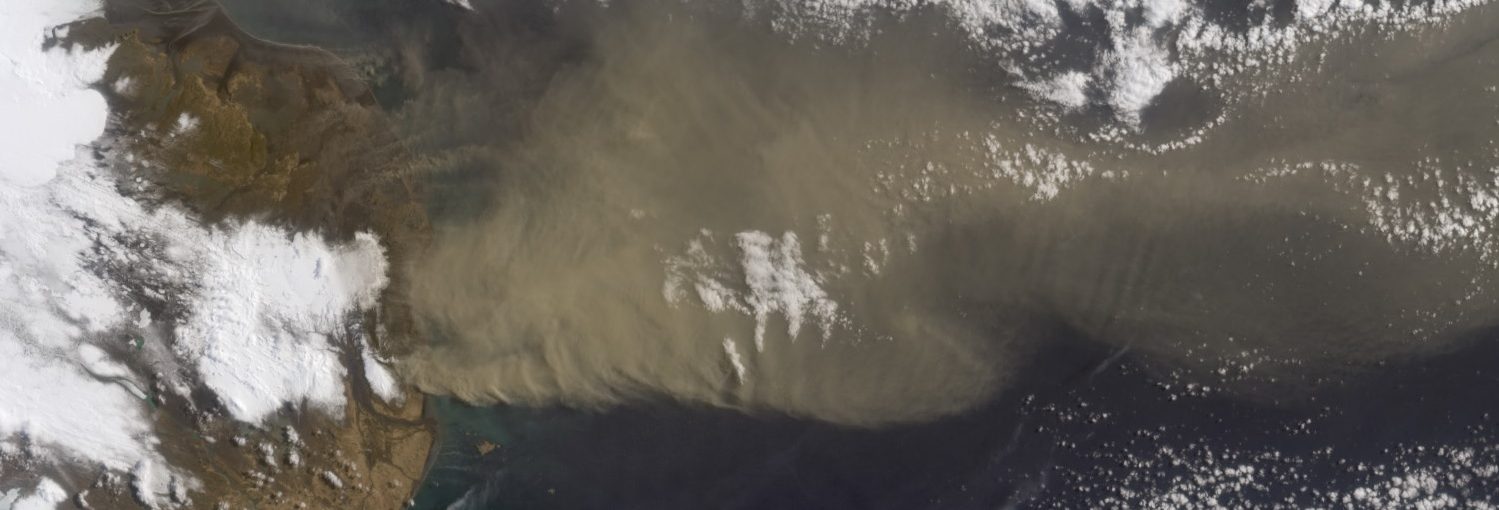Independent Volcanic Eruption Source Parameter Archive (IVESPA)
A database of independently estimated eruption source parameters is developed and maintained by the IVESPA working group and accessible at ivespa.co.uk. It contains all key parameters needed for testing and validation of eruptive column models. Compared to the IAVCEI Original Eruption Source Parameter Dataset, it contains more eruptive events (134 as of version 1.0) but does not include georeferenced field data. IVESPA v.1.0 is documented in the open-access paper accessible here. Primary contacts are Thomas J. Aubry (ta460@cam.ac.uk) and Samantha Engwell (https://www.bgs.ac.uk/people/engwell-samantha/)
IAVCEI Original Eruption Source Parameter Dataset
A database of eruption source parameters was developed after the second meeting of the Tephra Hazard Modelling Commission in 2004. It summarizes key observations needed for testing and validation of numerical models of tephra dispersal. Plume height, meteorological information, and field data (thickness, isomass, grain size) for 9 eruptions are available in spreadsheet format. To directly download the database (145 kilobytes) click here. Primary contact: Simona Scollo simona.scollo@ingv.it.
IAVCEI Volcanic Hazard Maps Database
The IAVCEI Commission for Hazard & Risk has developed a new global database of volcanic hazard maps. This database is searchable through an online interface. Its purpose is to serve as a resource for hazard mappers to search and explore the range of existing volcanic hazard maps. It shows the diversity of existing volcanic hazard maps, classifies those maps so they can be searched and sorted, and contains detailed metadata about the map design. It includes examples from volcanoes around the world, some of which have changed through time, have been presented in a variety of formats (e.g., posters, park signs, interactive web-maps, inserts in hazard assessments), and authored by both official (e.g. observatories or local governments) and unofficial sources (e.g. journal articles).
